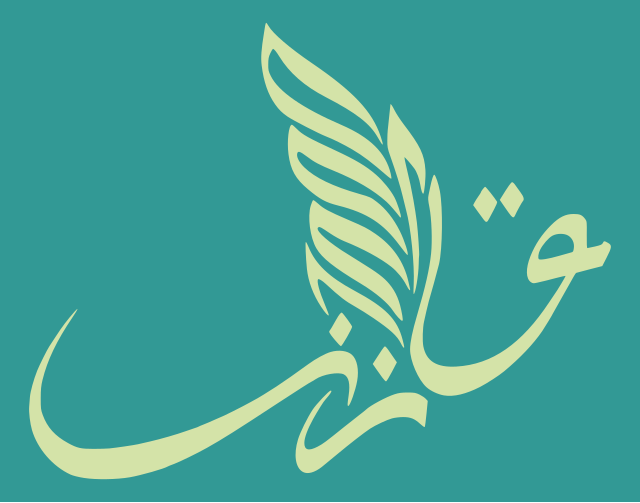Top Qs
Timeline
Chat
Perspective
İske imlâ alphabet
Arabic-based orthography for Tatar (c. 1870–1920) From Wikipedia, the free encyclopedia
Remove ads
İske imlâ (Иске имлә, İske imlä, ايسكى ايمله, pronounced [isˌkɘ̆‿imˈlæ]) is an Arabic-based script used for writing the Tatar language. It was the most widely used Tatar script before 1920, and was also used for the Old Tatar language (Ural-Volga Turki). İske imlâ literally means "old orthography" and was named in contrast to the Yaña imlâ script, the "new orthography" which displaced İske imlâ.
This article needs additional citations for verification. (June 2024) |
The final script was reformed by Qayum Nasiri in the 1870s. Additional characters that could not be found in Arabic and Persian were borrowed from the Chagatai language. Unlike Yaña imlâ, İske imlâ is an abjad, although the two scripts are derived from the same source.
İske imlâ is still used by Chinese Tatars, who speak an archaic variant of the Tatar language.[citation needed]
Remove ads
Description
Summarize
Perspective




Use of the Arabic script for Tatar was linked to pan-Islamism and anti-Sovietism, with the old traditional class promoting Arabic script in opposition to the Soviets.[1]
Based on the standard Arabic alphabet, İske imlâ reflected all vowels in the beginning and end of a word and back vowels in the middle of a word with letters, but front vowels in the middle of a word, as in most Arabic alphabets, were optionally reflected using harakat (diacritics on top of or below consonants). Just as in standard Arabic orthography, letters Alif, Yāʼ and Waw were used to represent all vowels in the beginning and end of a word and back vowels in the middle of a word, with various harakat on top or below them and in these cases the letters actually denoted a vowel. The same harakat that combined with the afore-mentioned letters to make vowels were used in the middle of a word on top of or below a consonant to represent a front vowel. However, the following pairs/triplets of Tatar vowels were represented by the same harakat, because Arabic language only uses 3 of them to represent vowels which can be either back or front depending on whether they are applied to Alif, Yāʼ and Waw or another letter (plus Alif madda represents a [ʔæː] in the beginning of a word): ı, e, í and i were represented with kasra, whereas ö and ü were represented with damma. O and U also looked the same, but being back vowels, they were represented with the help of Alif and Waw and thus were distinct from ö and ü. Fatḥah represented only one vowel. While the user had to make a conversion of writing into pronunciation, somewhat akin to English, this allowed for more similar orthography between Turkic languages, because words looked more similar even when vowels vary, such as in cases of variations like ö to ü, o to u, or e to i.
Yaña imlâ added separate letters for vowels and thus broke out with standard Arabic alphabets, but spelling followed no standard convention. During that period, the Tatar language had no borrowed vowels and consonants, so Arab loanwords were pronounced using the closest Tatar consonants (see table). European and Russian loanwords were pronounced according to how they could be written with the İske imlâ, so that, for example, "equator" was spelled "ikwatur".
Remove ads
The alphabet
Remove ads
Sample text
Article 1 of the Universal Declaration of Human Rights:
References
Wikiwand - on
Seamless Wikipedia browsing. On steroids.
Remove ads